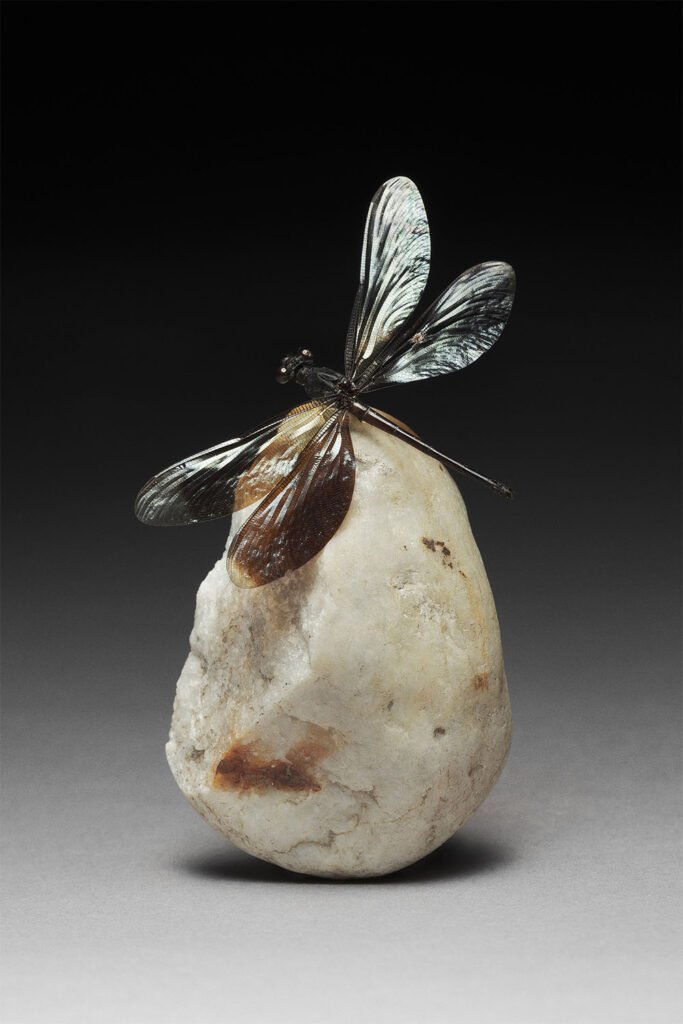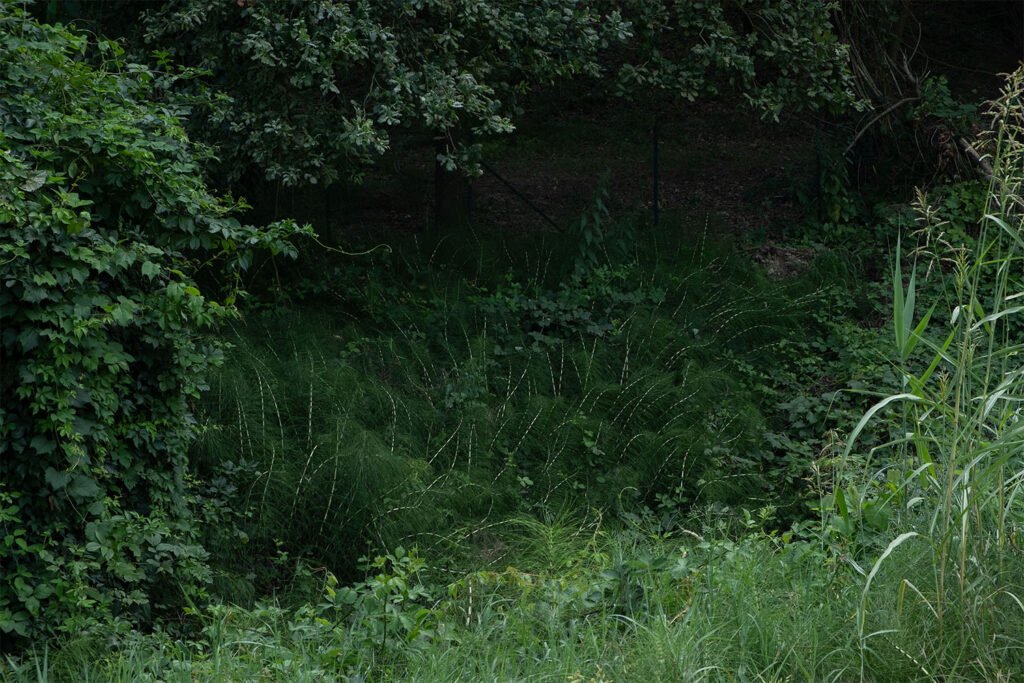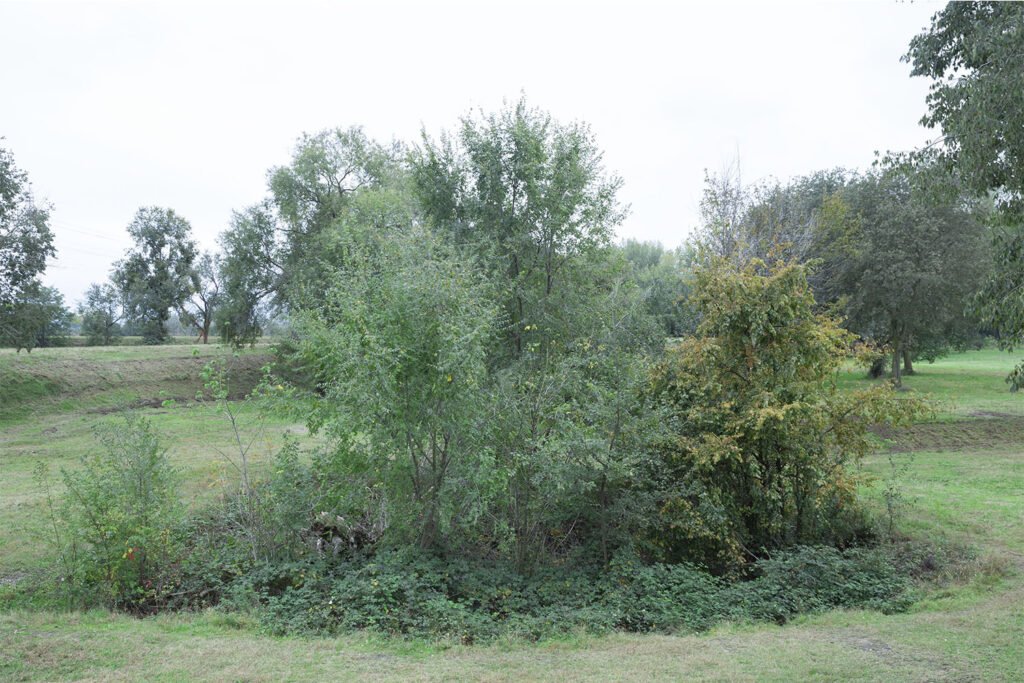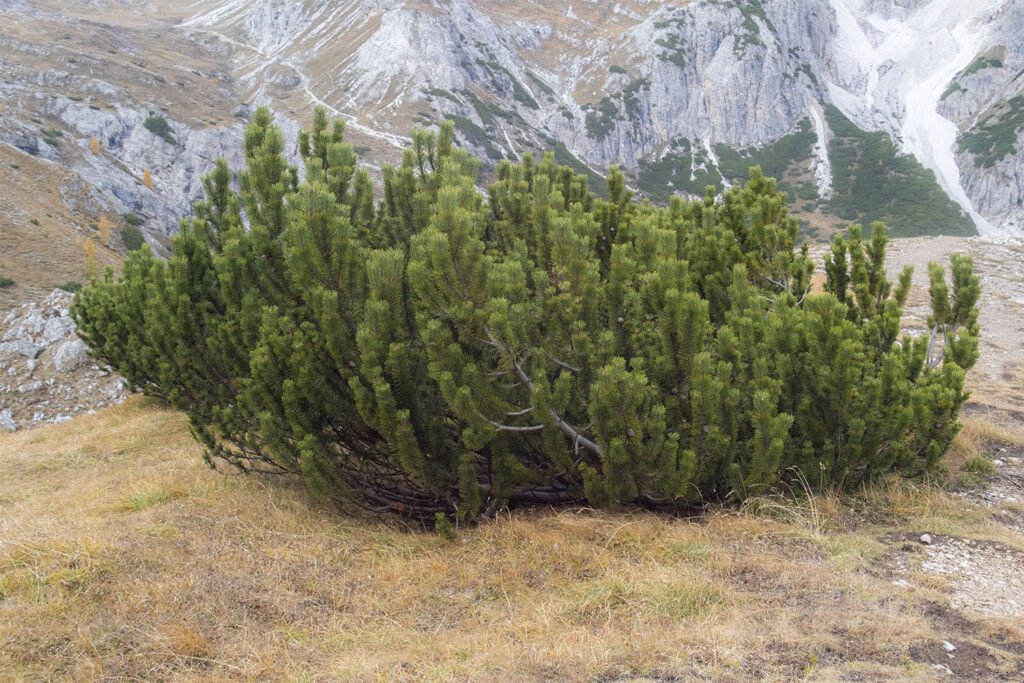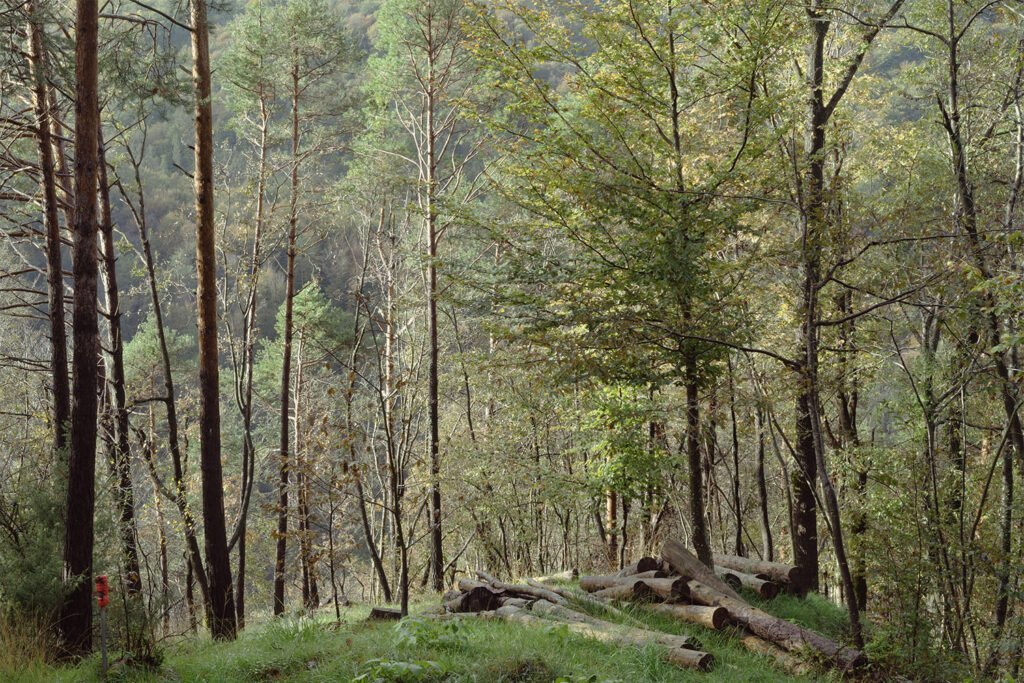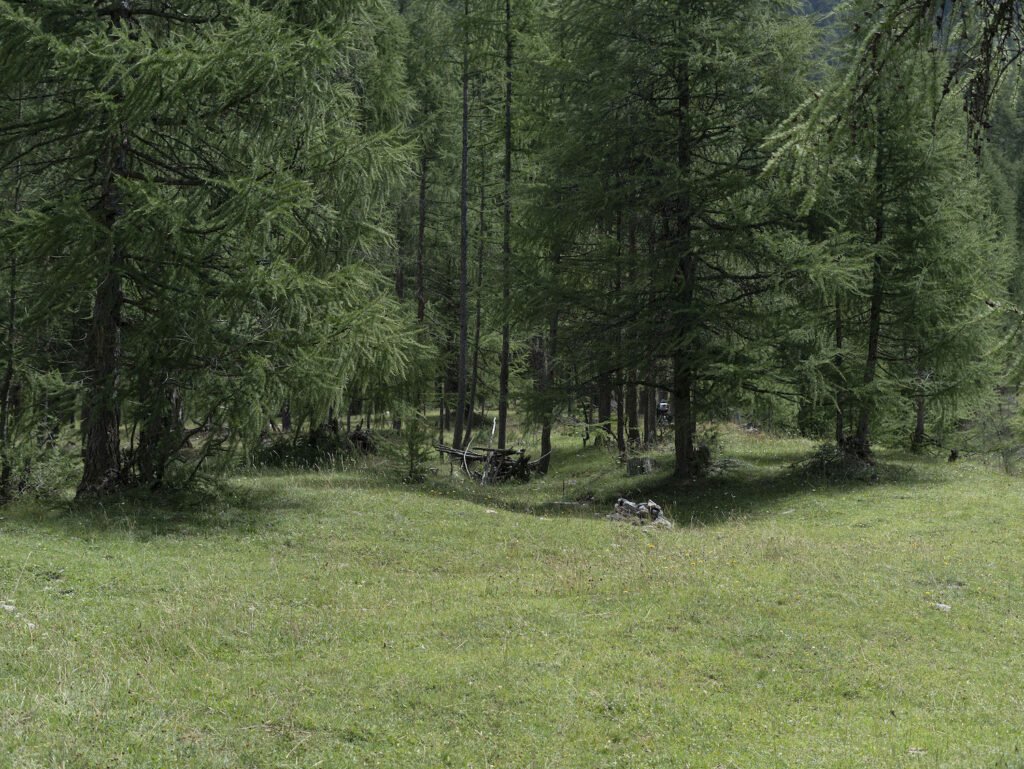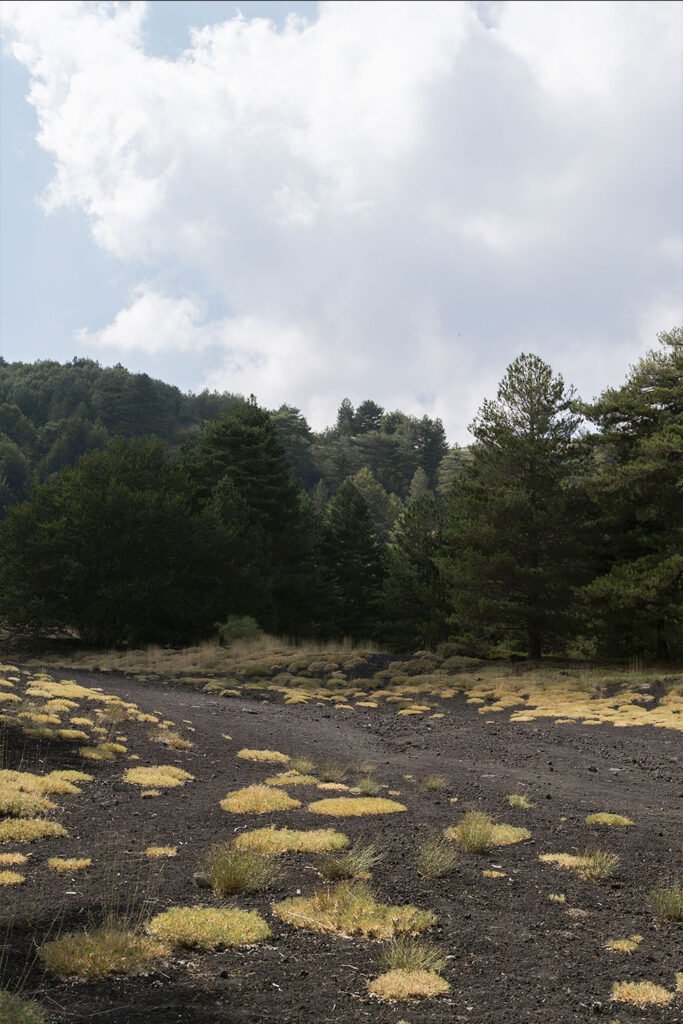RADURA
Studies on the Elsewhere
Curated by: Marcello Maranzan and Robin Sara Stauder
Text by: Robin Sara Stauder
Works by: Agostino Chiarucci, Annalisa Doriguzzi Breatta, Chiara Pontiglione, Elisa Hampe, Isabella Casiraghi, Marta Valdegrani, Sarah Indriolo, Ylenia Signorelli
Installation View: Marcello Maranzan
Hosted by: Spazio Martín
Installation: Sofia Ronchini
Music Selection: Marta Oliva
According to Milan Kundera’s existential mathematics, the speed at which we do something is directly proportional to the intensity of the oblivion that will follow. Conversely, slowness is the prerequisite for memory, remembrance, and meaning.
If we applied this law to the modern world, we would realise that little would remain of our lives. In the dictatorship of time, indeed, nothing is significant enough to compel us to stop or at least to slow down.
According to another theory developed by Leonardo Caffo, there is a precise measure of the speed at which one should go to “escape the system.” Or rather, in astronomical metaphor, to evade the gravitational attraction of a planet. Escape velocity is, for him, the unit of measurement of the contemporary, but it is paradoxically associated with a series of practices that would seem to suggest a concept opposite to that of speed. This is because, in an increasingly fast world, the only possible solution is to slow down.
But then, why are we so afraid of doing so? Probably because, in the gravitational field we inhabit, slowness is not allowed. It would be tempting to ask where everyone is in such a hurry to get to. But, on closer inspection, no orbit includes a destination.
Yet these are the only rules we know. Outside, our inner GPS stops working. For most, that elsewhere is a grey area. For those who choose to inhabit it, however, it can become a clearing (radura).
In its most literal meaning, a clearing is a treeless area that opens up in the middle of a forest, letting the sun’s rays through. For Heidegger, the term clearing (Lichtung) has a symbolic meaning and refers to a sudden illumination, made possible by the thinning of trees and vegetation.
For us, it is first and foremost a place to catch our breath—a virtual island where we question alternative existences and im-possible refuges.
In this context, the city becomes the symbol of a life model to be deserted. Therefore, the practice of “uninhabiting” is posed as a necessary prerequisite for a new paradigm of inhabiting.
“Inhabiting without belonging,” declares a work by Margherita Moscardini inspired by a text by Silvia Bottani, constructed through a process of signification of small branches. The artist reflects on the possibilities of putting down roots in a world where everything is temporary, and on the need to make the process of “appropriation” increasingly less literal and more symbolic.
Therefore, Radura is the place (imagined, but potentially real) to experiment with alternative practices of inhabiting in a relationship with the territory that is less “possessive” and more open. However, it is also a mental experiment within which to cultivate the “possible”, so as not to be suffocated by the existing (Gilles Deleuze).
Radura now exists a little more thanks to: Agostino Giorgio Chiarucci, Annalisa Doriguzzi Breatta, Chiara Pontiglione, Elisa Hampe, Isabella Casiraghi, Marta Valdegrani, Sarah Indriolo, Ylenia Signorelli, Sofia Ronchini, Marta Oliva, and Spazio Martín.
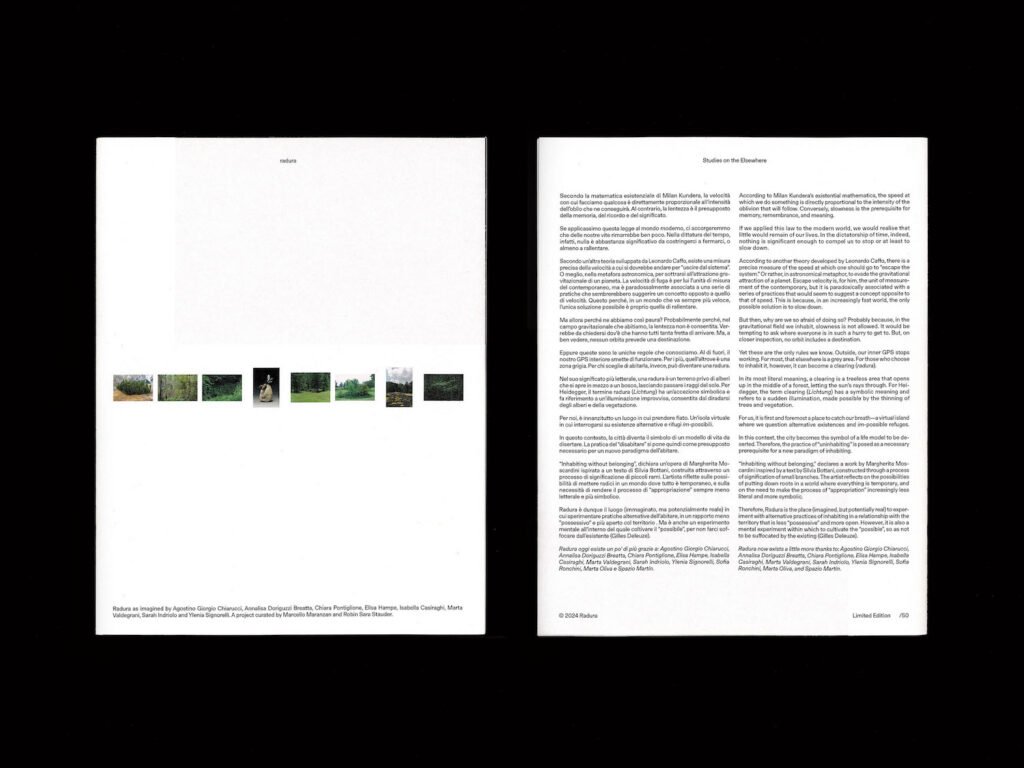

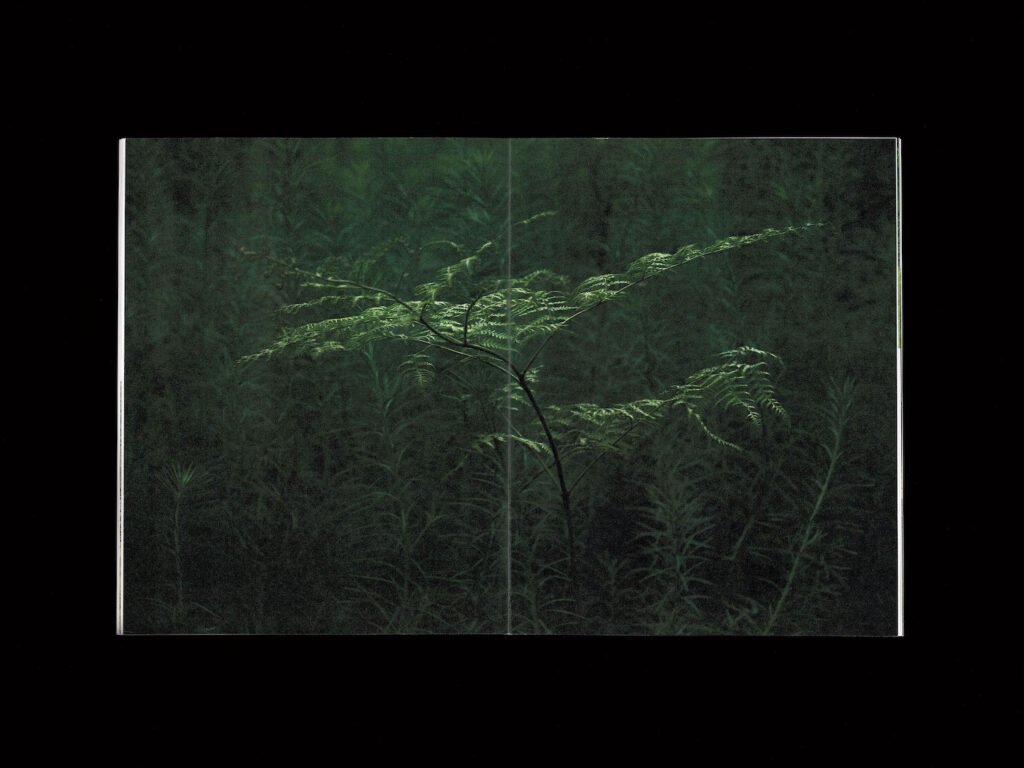
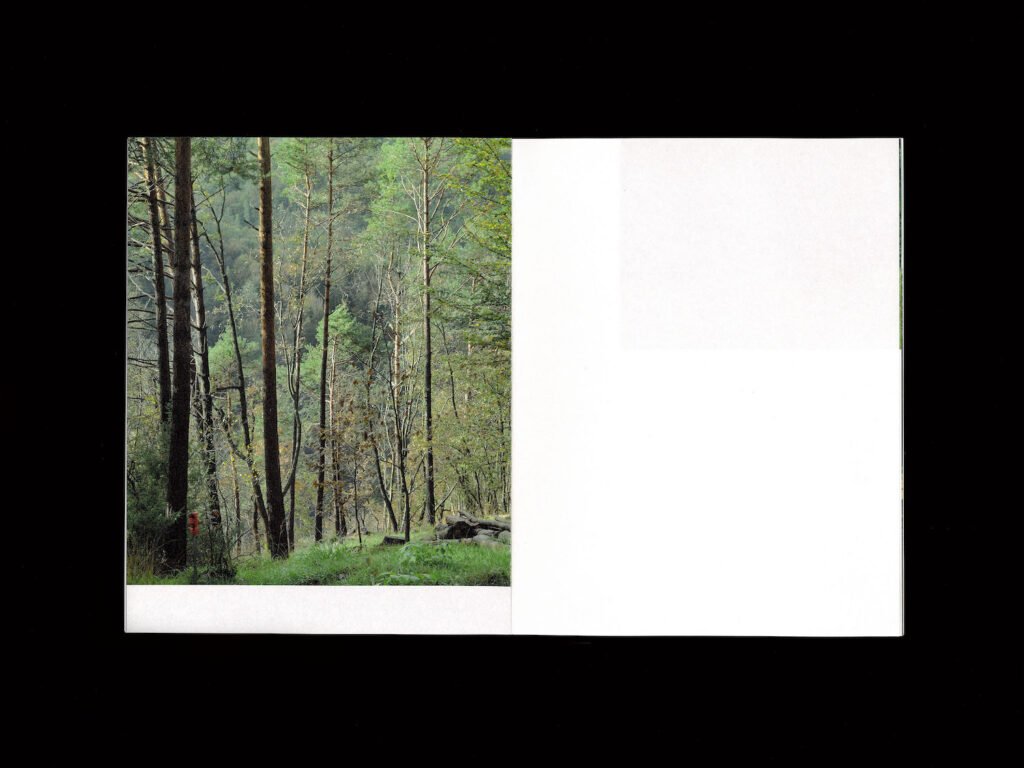
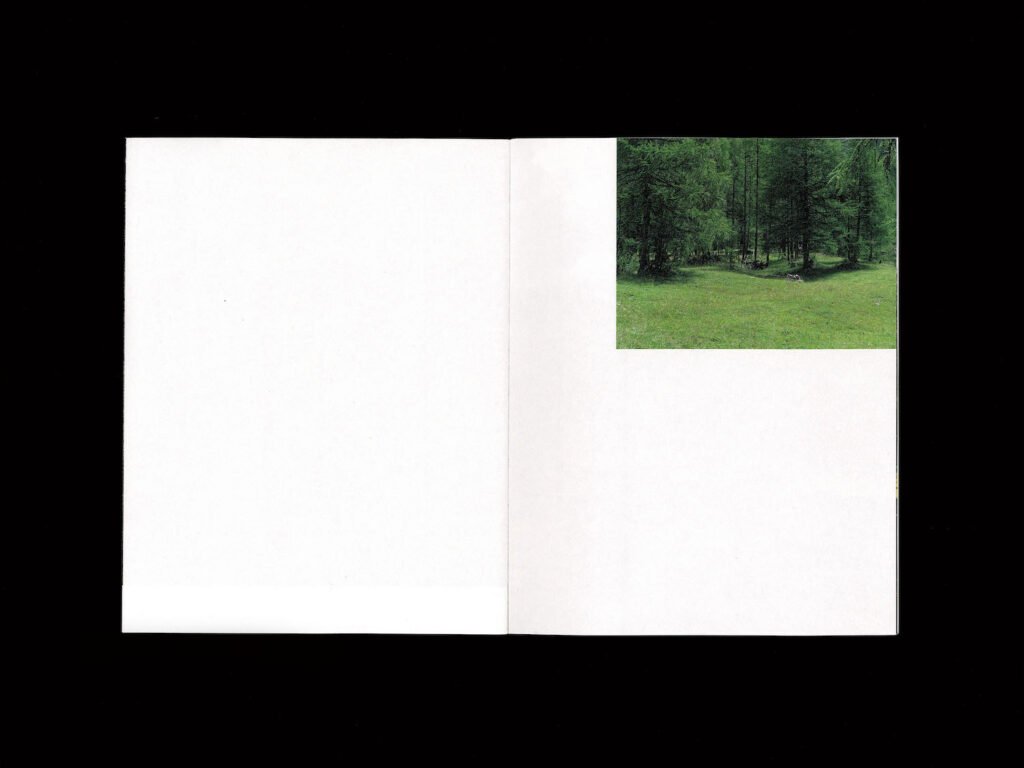
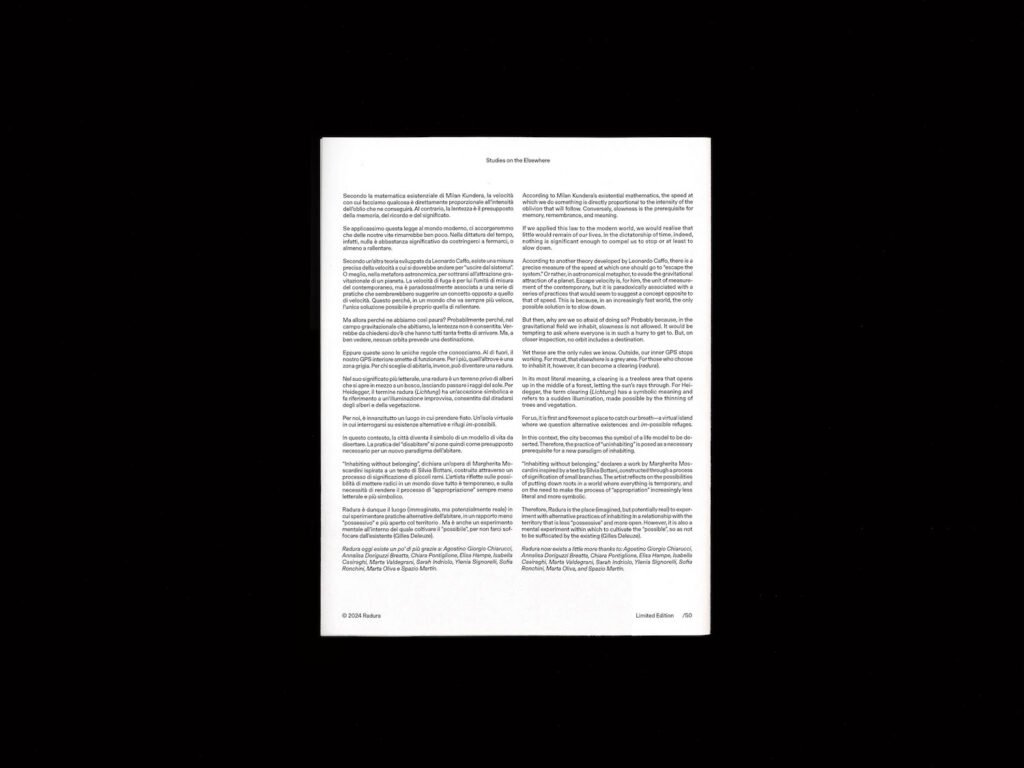
Radura is a research-based project on radical escape solutions.
Radura is both a safe place and a free space. It is a break from the everyday—an escape from what is meant to be.
Radura is a getaway for those who cannot take root. But it is also the place we have chosen to cultivate our garden.
